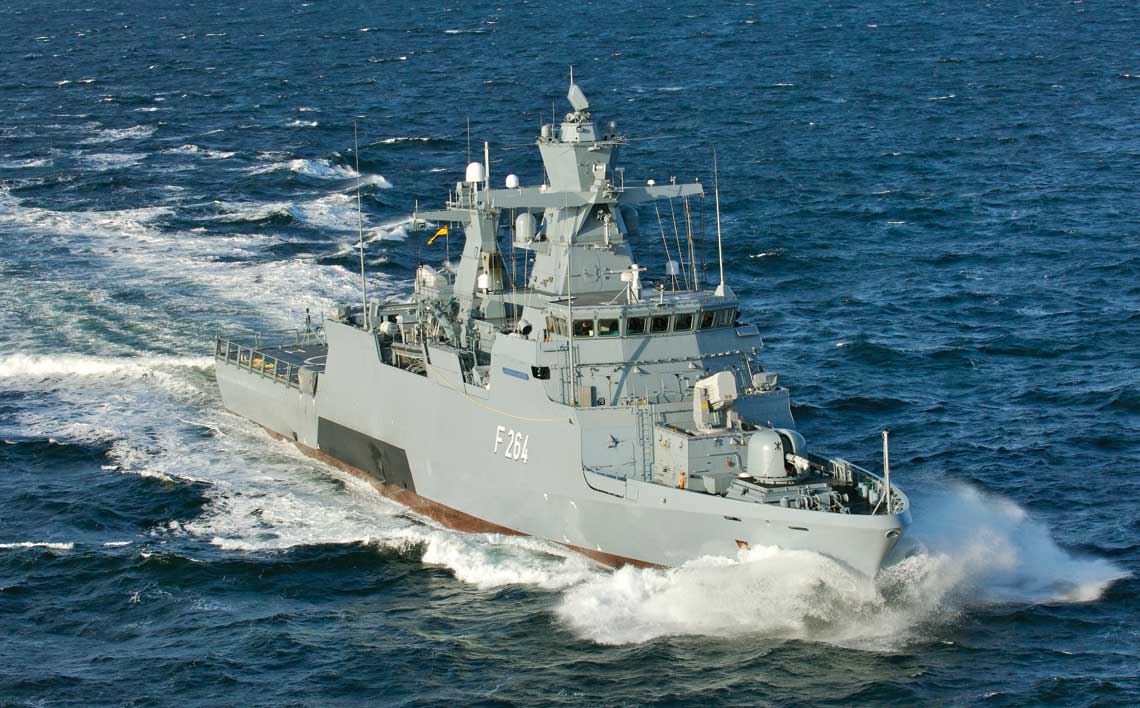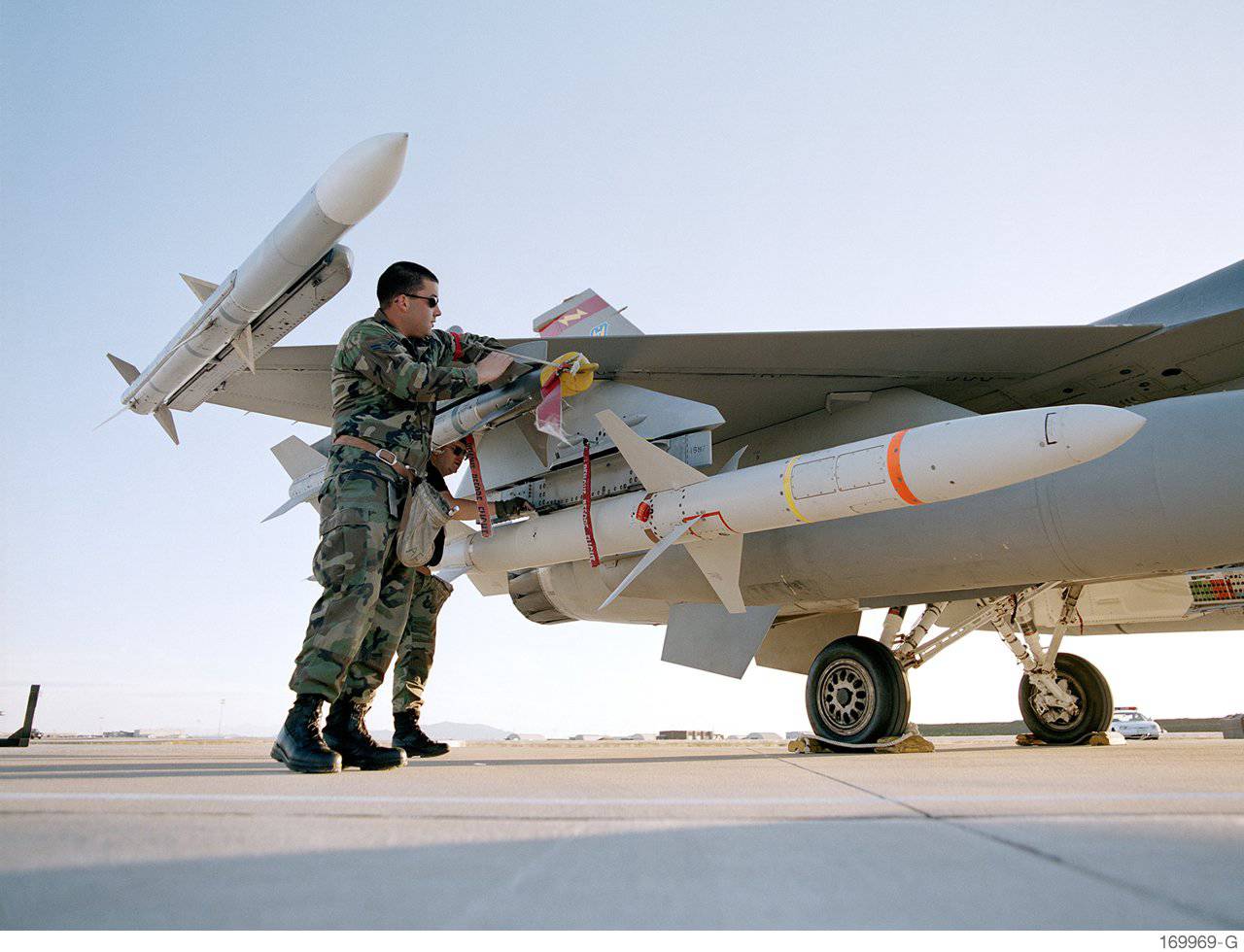K130 - second series

The last corvette K130 of the first series - Ludwigshafen am Rhein, on sea trials. Lürssen Photos
On June 21 this year, the Budget Committee of the Bundestag decided to allocate the funds necessary for the purchase of the second series of five Klasse 130 corvettes. This paves the way for a contract with a consortium of contractors and the acquisition of ships in accordance with the agreed deadlines by 2023. For this, you can sit and cry with jealousy and wait for new ... tugs for the Polish Navy to wipe your tears.
The decision of the lower house of the German parliament cuts off months of unrest associated with meeting the urgent operational need, which for Deutsche Marine is the inclusion of five more corvettes. This was mainly due to Germany's international commitments related to its participation in NATO, UN and European Union operations. The problem with the implementation of the above is a decrease in the number of ships of the main classes, including 6 submarines, 9 frigates (the first F125 will gradually enter service, displacing the last 2 F122 - in the end there will be 11 of three types), 5 K130 corvettes, and by 2018 only 10 anti-mine units will remain in the year. At the same time, the number of naval operations of the Bundeswehr is increasing.
The thorny path to the second series
Of the current 5 corvettes, 2 are in constant combat readiness, which is due to the normal life cycle of modern ships. The same problem with frigates. The 180th series of ISS multi-purpose ships should have been useful, but the lengthening of the procedure for determining the tactical and technical requirements and the expected increase in the size and price of these ships put off the prospect of hoisting the flag with their prototype. In this situation, the Berlin Ministry of Defense decided to quickly purchase the second five K130 corvettes and two training centers for their crews, which was announced in the fall of 2016. Ursula von der Leyen is valued at around 1,5 billion euros.
These units have proven themselves in foreign missions, as well as in the Baltic and the North Sea. "Children's diseases" were already behind the project, and the thyssenkrupp Marine Systems (tkMS) and Lürssen consortium, which built the first series of corvettes, was ready to accept the order. The Ministry motivated the choice of a single contractor by an urgent operational need, a proven design that is immediately available, unlike other options, and the desire to avoid "surprises" in the event of transferring the project to another shipyard. However, the position of the ministry was protested by the German naval shipyard Kiel GmbH from Kiel (GNY), which demanded a tender. She filed a complaint with the State Procurement Tribunal of the Federal Antimonopoly Service, which on May 15 of this year. agreed that she was right. At the same time, it turned out that the financial needs of AGRE K130 reached 2,9 billion euros (!), While the first series cost 1,104 billion. In the end, the consortium agreed to connect GNY to the corvette construction process, and its share is expected to reach 15% from contract revenue. The subsequent decision of Parliament paves the way for a contract with contractors, which is likely to happen in the near future.
Genesis K130
The first plans to modernize the equipment of the Bundesmarine in the early 90s were directly related to the end of the Cold War. This entailed a gradual but systematic decrease in the activity of the German fleet in the Baltic Sea. Since the accession of Poland and the Baltic States to the Partnership for Peace program, and then to NATO, its participation in operations on our seas has been marginal, and the burden of activity has been shifted to expeditionary operations related to international efforts to ensure the safety of navigation and trade. which directly corresponded to the economic and political interests of Germany.
